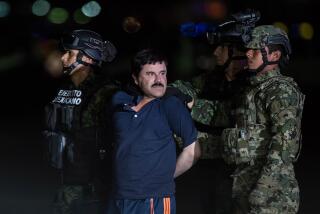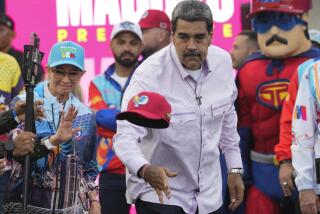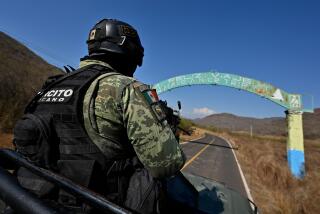Key facts about Colombia’s FARC guerillas
Here are some key facts about the FARC, Colombia’s largest rebel group and Latin America’s oldest left-wing insurgency.
The FARC was established in the 1960s as a Communist-inspired peasant army fighting for land reform and to reduce the gulf still dividing rich and poor in the Andean country.
Branded a terrorist organization by the United States and European Union, the FARC has been driven onto the defensive by President Alvaro Uribe’s U.S.-backed security campaign. The United States has given Colombia $5.5 billion in mostly military aid over the last seven years.
U.S. and Colombian authorities say the FARC has used the multibillion-dollar Colombian cocaine trade to fund its operations. Colombia’s four-decade-old conflict is now often a fight over drug-producing land involving the FARC, right-wing paramilitaries and other narcotics gangs.
The FARC still holds sway in some rural areas where it grows coca, the raw material for cocaine, and keeps kidnap victims hostage in secret jungle camps. Betancourt and the three American defense contractors were the group’s highest-profile hostages.
The Revolutionary Armed Forces of Colombia, known as the FARC, had been holding about 40 high-profile hostages it had sought to exchange for jailed rebels.
Violence has eased and the economy has expanded in Colombia’s central, north and northwest urban areas, but the FARC is still a potent force in the southern jungle regions where the state’s presence is still weak.
Two top rebel commanders were killed in March, a serious blow to the FARC. One, Raul Reyes, was a FARC spokesman and contact for negotiations over hostages. Reyes was killed in his camp in Ecuador in a cross-border strike that sparked a diplomatic crisis in the Andean region.
More to Read
Sign up for Essential California
The most important California stories and recommendations in your inbox every morning.
You may occasionally receive promotional content from the Los Angeles Times.










